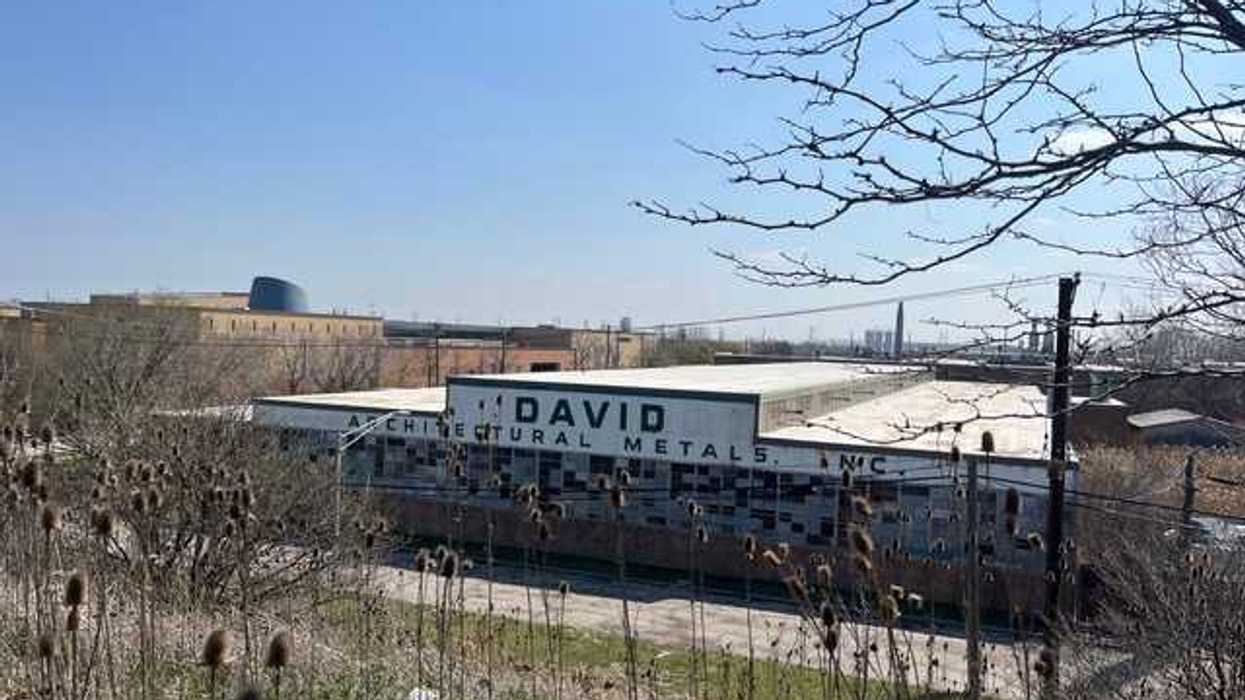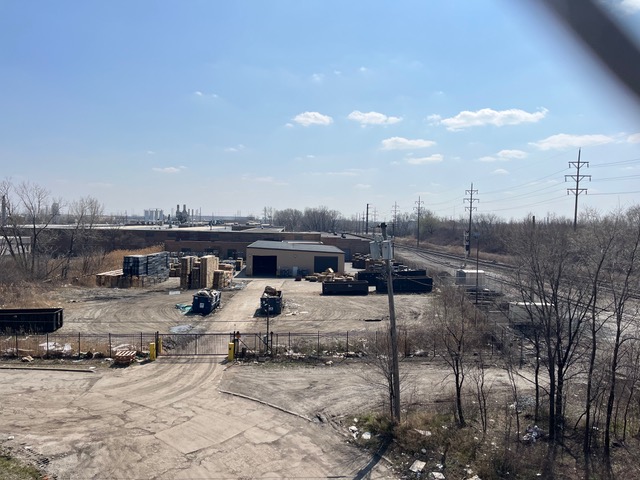Christen is a lawyer, a senior officer in the Navy Reserve JAG Corps, a seminarian, and a member of an independent Critical Connections team catalyzing inter-movement community and capacity building among democracy and civic health-promoting organizations to achieve collective impact. All stated opinions are his own and do not represent the positions of the U.S. Navy.
This is the fourth in a series of articles analyzing how the democracy ecosystem can prepare to support and facilitate a mass movement.
On March 31, 2022, not long after Russia invaded Ukraine, attendees at a Unite America Brewer Fellows reception were asked to discuss how partner nations were able to respond so quickly and effectively to help Ukraine. The conclusion was that the relationships that had been formed between Ukraine and partner nations through joint capacity building and rehearsed interoperability enabled them to be prepared for the invasion.
The question then is how can these lessons learned from Ukraine be applied to promoting democracy and civic health in the U.S.?
While threats to American democracy are less obvious than a potential Russian invasion, the American political and social environment is constantly changing in often unforeseeable ways, leading to both crises and opportunities. As a result, the advice of legendary UCLA men’s basketball coach, John Wooden, is salient: “You must proceed with the knowledge that unforeseen events will occur and the absolute belief that some of those unanticipated occurrences will provide opportunity…if opportunity comes and you are not prepared, it may not come again.”
Pre-Existing Relationships
Since 2012, I served with and for NATO and partner militaries for approximately five years in Italy, Afghanistan, and Bahrain. Despite U.S.’ relationships at the highest political levels with NATO and Ukraine being fairly tumultuous during this time period, I never saw the polemical political environment degrade daily collaborations at the staff level. Members of the Department of Defense, the State Department, and various other U.S. agencies were consistently building relationships and working closely and developing joint capacity with partner nation counterparts.
Because of the numerous conversations, meals, collaborations, and shared experiences they already had, effective working relationships across countries and staff levels were in place well before the crisis. As a result, when Russia invaded, staff neither needed to frantically search for points of contact and their contact information nor introduce themselves for the first time.
These pre-established relationships should have significantly decreased countries’ response time while positively contributing to the overall effectiveness of their response to aid Ukraine.
Pre-established relationships can similarly impact the preparedness of the inter-movement community of democracy and civic health-promoting movements. Analogous to Ukraine’s partner states, the inter-movement community has numerous independent yet interdependent fields or “neighborhoods,” like structural reform, bridging divides, and civic education to name a few. At a recent inter-movement community forum, Todd Connor, co-Founder and CEO of Veterans for Political Innovation, insightfully observed that “the right time to build the coalition is before you need the coalition.” Said another way, meaningful, cross-neighborhood relationships must be established in advance of democracy’s next crisis or opportunity.
The challenge, however, is that awareness of other neighborhoods and their efforts is first needed to grasp the opportunity potential of cross-neighborhood relationships.
As discussed in a previous article, a critical mass of at least 12 million Americans is required to transform American democracy. Once the critical mass is achieved, the next challenge is maintaining it long enough to enable societal diffusion of pro-democracy norms and to coerce or co-opt political power brokers to enact policy change.
If the inter-movement community is unable to coalesce and cohesively facilitate the actions of the critical mass quickly enough, then momentum can quickly dissipate, sliding citizen participation back below the tipping point. While making ad hoc, cross-neighborhood connections is theoretically possible, pre-existing relationships increase the likelihood that the inter-movement community can coalesce before momentum is lost. Since research has found immense value in weak connections, not all relationships have to be particularly strong or intense, they just have to be formed.
While more cross-neighborhood relationships are being established every day, insufficient relationships currently exist to enable rapid, cohesive mobilization of the inter-movement community.
A second takeaway from Ukraine is that relationships between leaders are good but meaningful cross-organizational and cross-neighborhood relationships across all organizational levels is better. Relationships between staffs are often the glue between organizations and neighborhoods. Egos, personality conflicts, pressures from stakeholders, and the transitory nature of individuals lowers the likelihood of effective activation of community relationships in times of crisis or opportunity if all relationship-building eggs are put into the leader’s basket. In other words, leaders should encourage staff to develop relationships too and not attempt to own all organizational relationship-building.
Joint Capabilities and Practiced Interoperability
Partner nations were also able to quickly provide support to Ukraine because they had meaningfully worked together before. Prior to the invasion, NATO, Ukraine, and partners collaborated in Operation Enduring Freedom and Operation Iraqi Freedom and frequent joint exercises – essentially a combination of inter-country scenario based planning and simulated joint tactics rehearsal – together.
As a result, participating countries had opportunities to develop joint capabilities and to practice and assess interoperability (the ability to work together across countries or other units of organizing). They were able to learn how to effectively work as a cohesive team and communicate with each other, including overcoming cultural, linguistic, and technical challenges. Additionally, they should have identified individual and combined strengths and weaknesses, thereby enabling finding solutions to vulnerabilities before the invasion.
With established joint capabilities and rehearsed interoperability, NATO and partner countries were better prepared to know what Ukraine lacked, to listen to what Ukraine wanted, and to coordinate assistance.
Although the threats and opportunities are different, the inter-movement community must similarly start by developing interoperability capabilities, such as funding for joint efforts and platforms for communicating, de-conflicting and coordinating efforts, and co-amplifying unified strategic messaging.
The inter-movement community must then practice collaborating using these interoperability capabilities. In a perfect world, the inter-movement community would host a large-scale, scenario-based simulation analogous to a joint military exercise to practice and assess interoperability. Barring that, cross-neighborhood efforts can be strategically designed to similarly practice and assess interoperability, which, Connor observes, is when organizations “discover who their important partners will be.”
Preparedness Breeds Resilience
The lack of preparedness for the pandemic by many governments and organizations revealed the importance of resilience – the "capacity to absorb stress, recover critical functionality, and thrive in altered circumstances."Although Russia’s invasion of Ukraine was somewhat foreseeable, a future president's attempt to dissolve congress akin to what recently happened in Peru, the coalescence of the “ missing mass pro-democracy movement,” the sudden pooled donation of $20 billion to strengthen American democracy, or any other unforeseeable, game-changing circumstance could occur any time. Practiced adaptability, goal and activity embeddedness, collaboration, pre-established relationships, rehearsed interoperability, and joint capabilities will prepare the inter-movement community to not just respond but to collectively thrive in any unforeseen situation like this.
Fortunately, collective preparedness is no less valuable even if these extreme scenarios do not happen. How much more effective is a local campaign to change democratic structures or reduce polarization when organizations across several neighborhoods are able to rapidly pool their expertise and resources? When the inter-movement community is prepared for collective impact, the entire ecosystem becomes more effective at everything.
In the words of George R.R. Martin, we are the knights of summer, and winter (or opportunity) is coming. Now is the time to prepare. Feel free to email Christen here to discuss how you can promote preparedness.





















